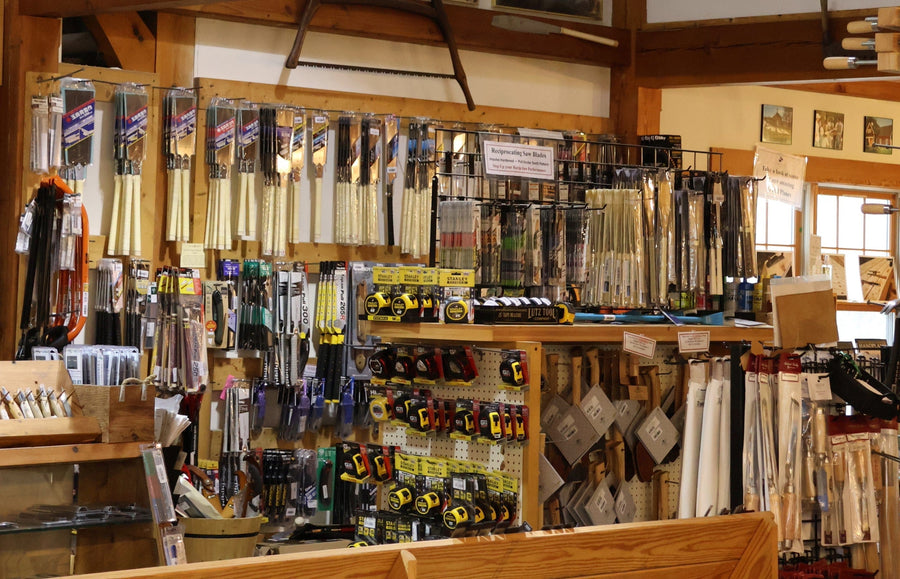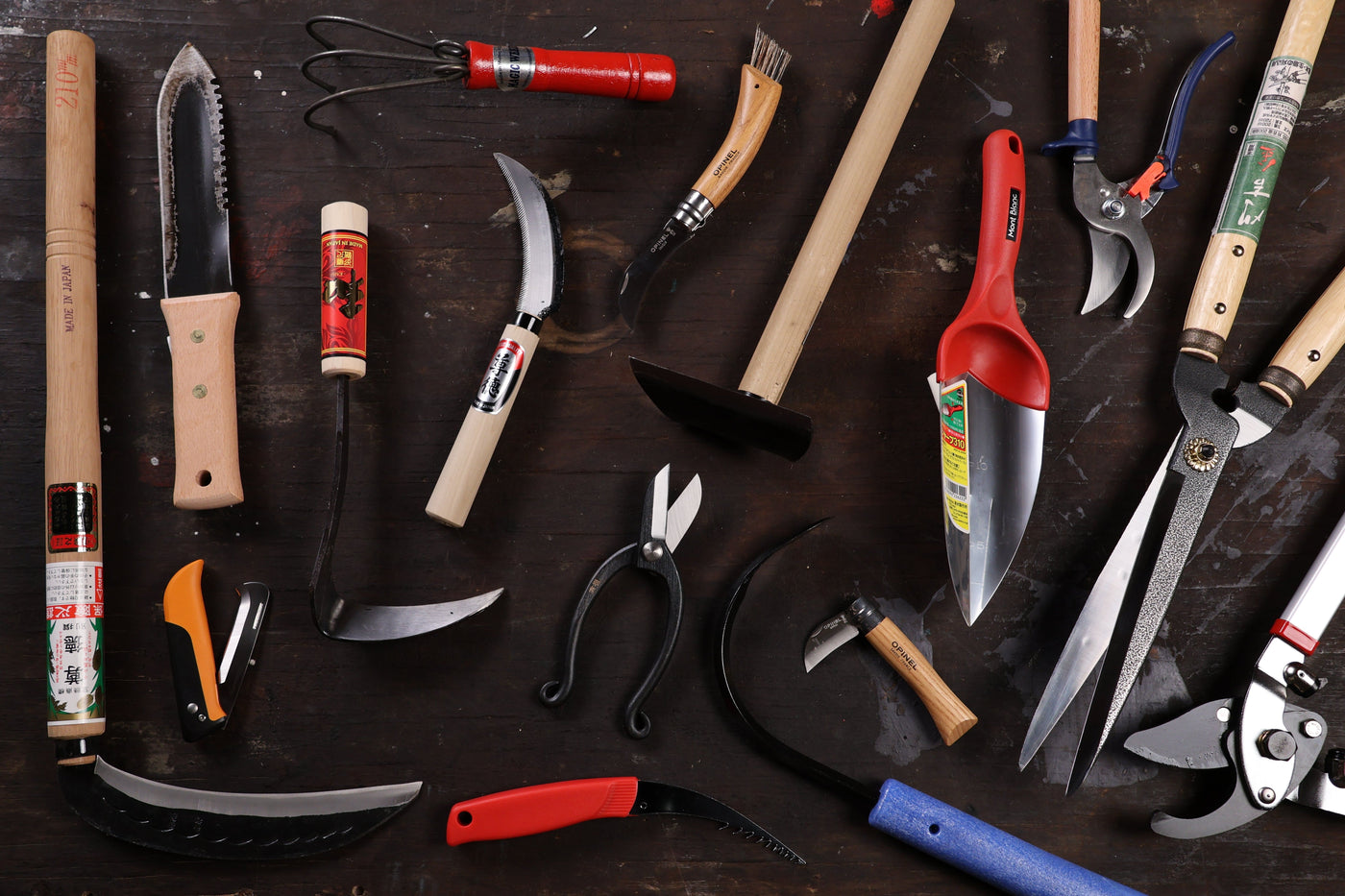Our Featured Brands
Our curated online catalog features tools from top brands in the Timber Framing, Wood Working, and Outdoor Living. See all the brands we carry, and remember, if it's in our shop it's because we use it and recommend it!
Shop In Person
While we don't sell all our tools online, you can always stop by the shop to browse all our products and hold the tools in you hands. If you aren't local, you can give us a call at (207) 442-7938, and we'd be happy to help you find what you need.

Shelter Tools Store
873 US-1
Woolwich, ME 04579
Store Hours:
M–F: 9am–4:30pm
Sa: 9am–3pm
Su: CLOSED











